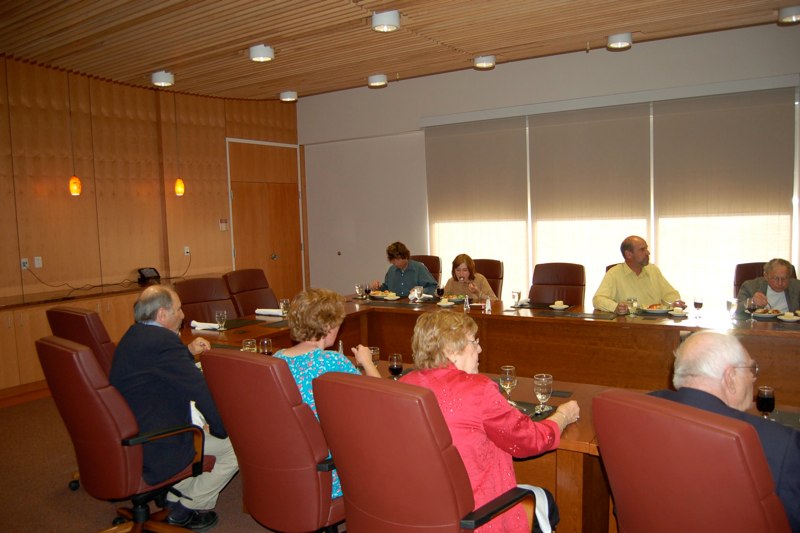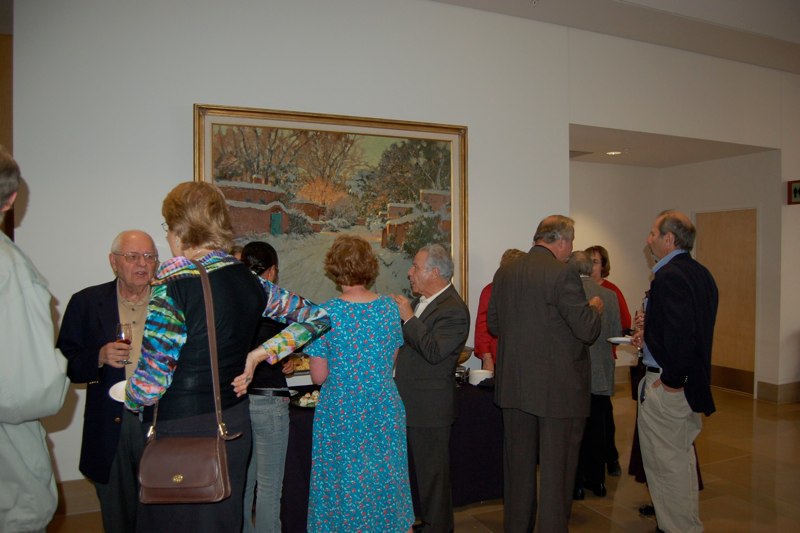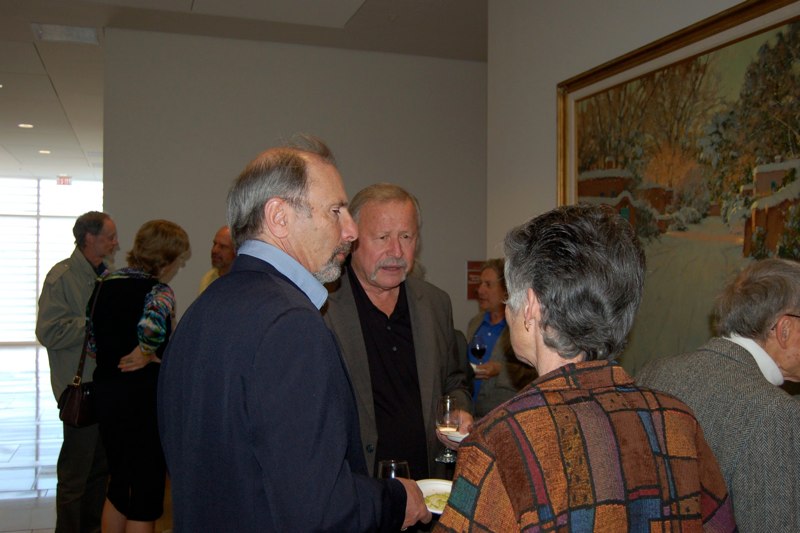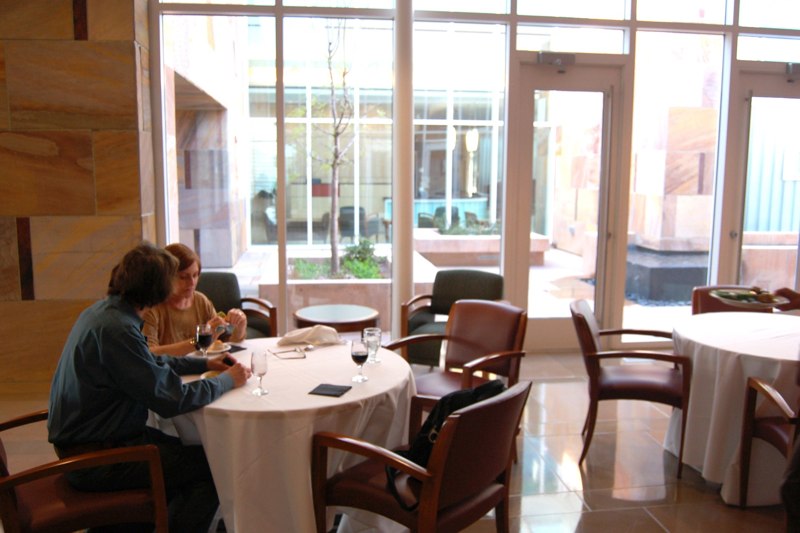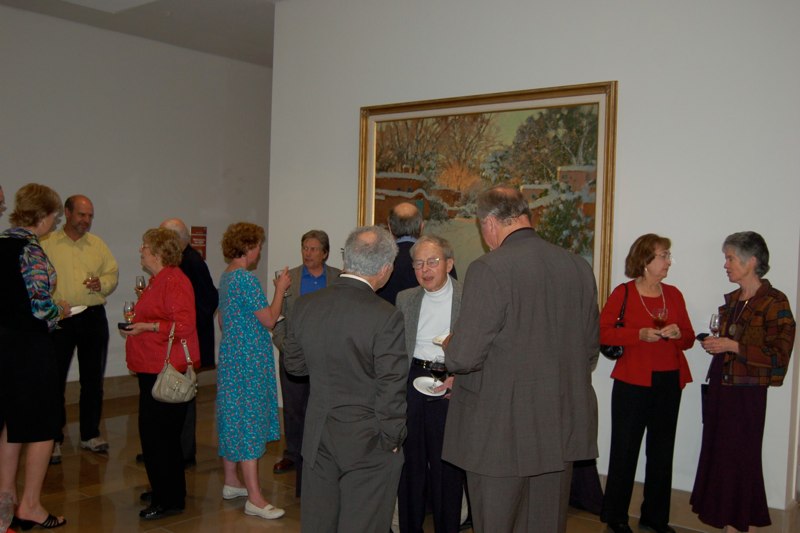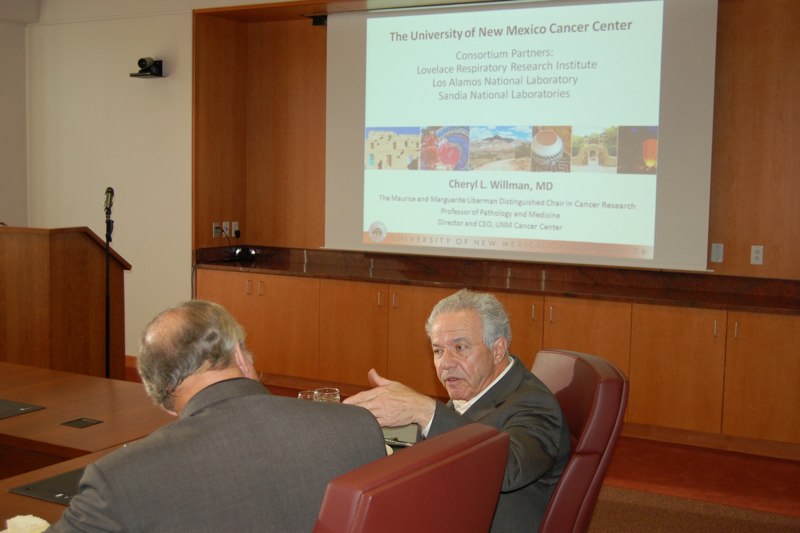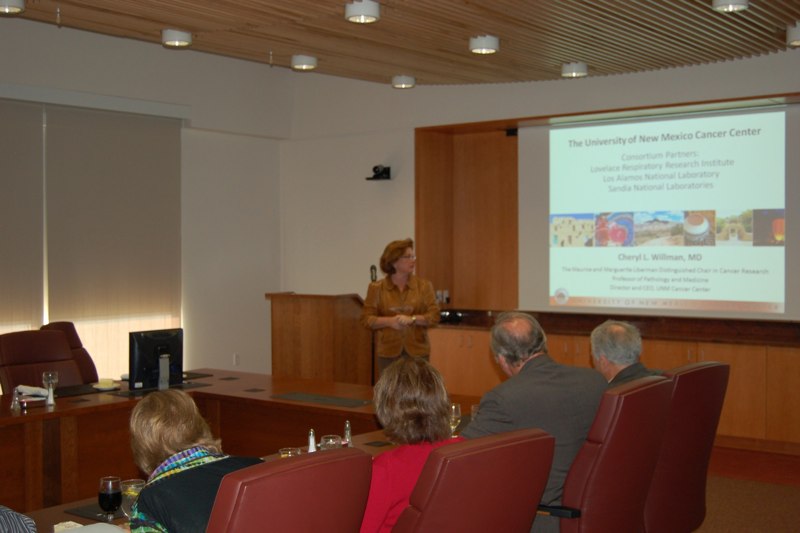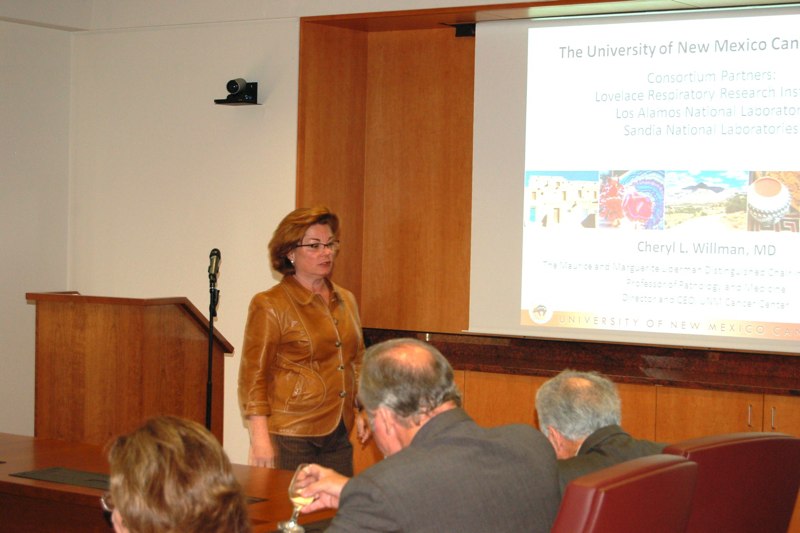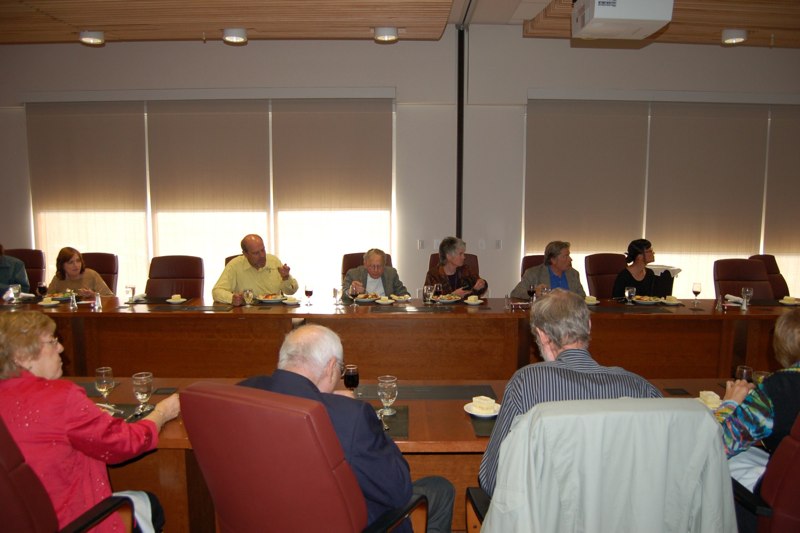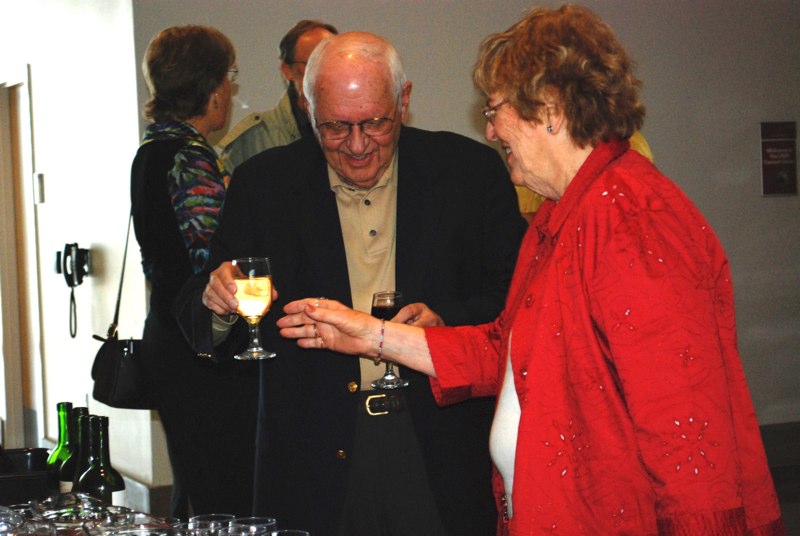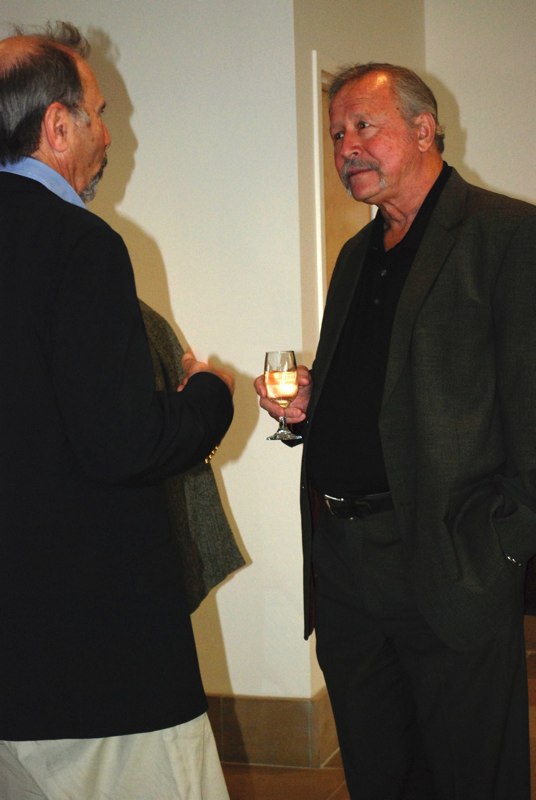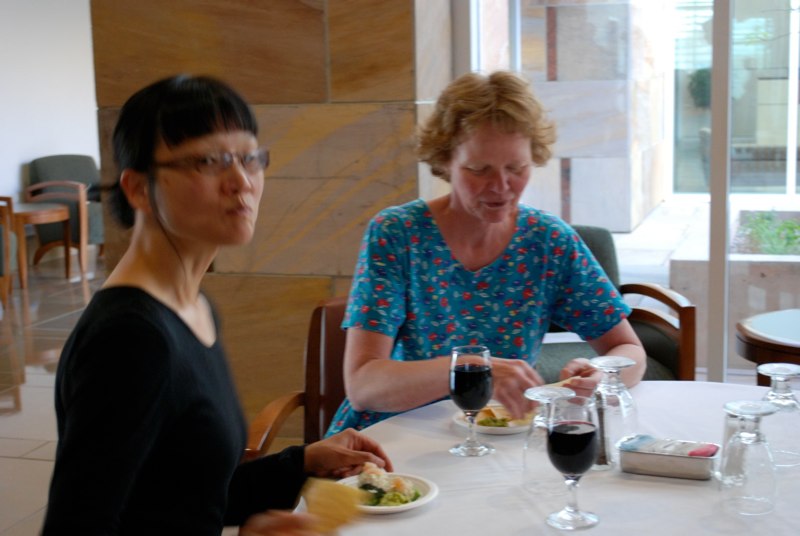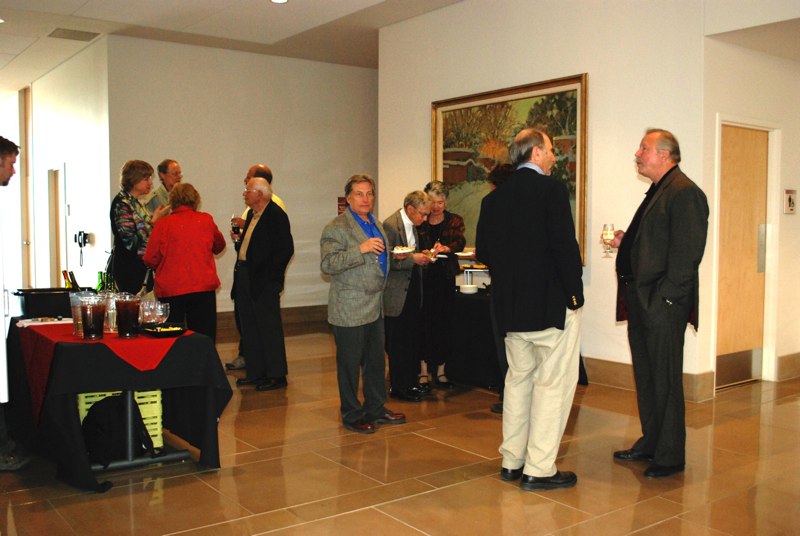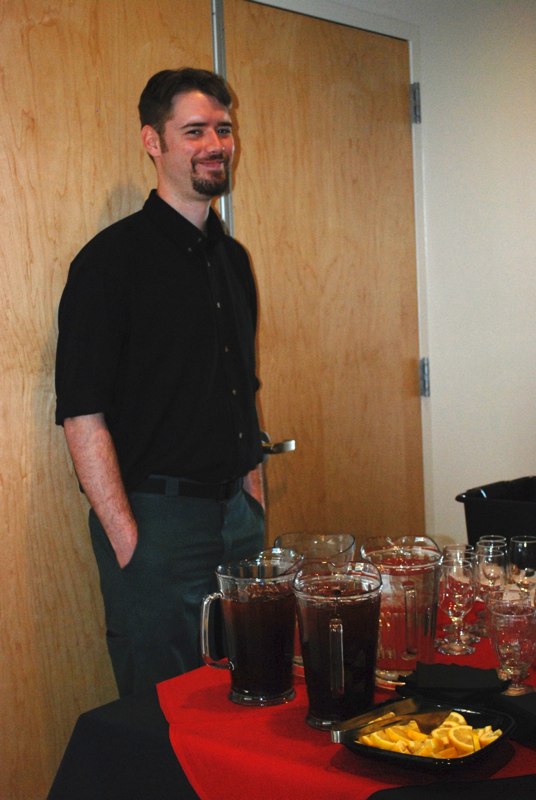Update on the UNM Cancer Center, by Cheryl Willman
When: Sun, Apr 11 2010 6:00pm
Where: UNM Cancer Center
Thanks to our speaker Cheryl Willman, Director Cancer Research and Treatment Center and to Ly Flock and the UNM catering staff.
Update on the University of New Mexico Cancer Center: Overcoming New Mexico's Cancer Burden in the Laboratory, the Clinic, and the Community
Cheryl L. Willman, MD
The Maurice and Marguerite Liberman Distinguished Chair in Cancer Research Professor of Pathology and Medicine
Director & CEO, University of New Mexico Cancer Research & Treatment Center
Serving a vast geographic region of great beauty, with rich multicultural and multiethnic diversity, tremendous scientific opportunity, and challenging health and socioeconomic disparities, the University of New Mexico Cancer Center and its consortium institutions - Lovelace Respiratory Research Institute, Los Alamos National Laboratory, and Sandia National Laboratories - are making significant advances in cancer research and serving our regional communities and our nation. As the only National Cancer Institute-Designated Cancer Center within a 500 mile radius and the Official Cancer Center of the State of New Mexico, the special characteristics of the UNM Cancer Center include: the multiethnic and multicultural populations that it serves - primarily Hispanic/Latino, American Indian, and non-Hispanic White - with their strikingly different patterns of cancer incidence, mortality, and disparity; the integration of regional scientific strengths in engineering, biotechnology, nanotechnology, radioisotopes, drug discovery, imaging, and high perfonnance computing into its Research Programs and Shared Resources; and the extensive statewide outreach nenvorks it has built for the delivery of cancer care, for culturally appropriate community-based education and participatory research, and for the participation of community oncologists in UNM Cancer Center clinical trials. The UNM Cancer Center's annual peer-reviewed research funding has increased 45% since 2005, to over
$49.3 million and its total annual research funding is $54.5 million. The 119 faculty members associated with the Center are clustered into 4 primary research programs or areas of emphasis: Cancer Population Sciences, Cancer Biology and Biotechnology, Hematologic Malignancies, and Women's Cancers. Cancer Center members lead one of only 9 NIH-funded Roadmap Centers for High Throughput Target Screening and Molecular Discovery (U54MH084690), one of only 10 NIH-funded National Centers for Systems Biology (P50GM085273), one of 4 NSF/NCI Centers for Integrative Nanoscience and Microsystems Training (DGE0504276), one of 20 LLS Specialized Centers of Leukemia Research (LLS SCOR 7388-06), and participate in the new UNM Interdisciplinary HPV Prevention Center (NIH U19AI084081). To assure that all New Mexicans have access to outstanding cancer diagnosis and treatment, the UNM Cancer Center opened its new 206,432 sq. ft., $90 million, Cancer Treatment and Clinical Research Facility in August 2009 which serves as the hub of the UNM Statewide Cancer Care Network. In collaboration with Siemens, this new facility contains a radioisotope production laboratory and experimental radiopharmacy, which will accelerate the Center's research programs. In the last fiscal year, the Cancer Center provided cancer diagnosis and treatment to over 11,700 New Mexicans representing nearly 70% of the adults and virtually all of the children in New Mexico affected by cancer, while maintaining its mission to the underserved and uninsured. Reflecting our communities, 51% of these patients were Hispanic or American Indian. The overall goals of the UNM Cancer Center are to:
- Conduct outstanding transdisciplinary research in our laboratories, clinics, and multiethnic and multicultural communities that builds upon our unique scientific and regional strengths
- Reduce the burden of cancer incidence and mortality by discovering the genetic, environmental, social, and behavioral factors that contribute to the distinct cancer patterns and cancer disparities in the peoples of the American Southwest
- Translate our scientific discoveries to novel diagnostic, screening, prevention, and therapeutic tools and clinical trials
- Provide access to outstanding cancer treatment and clinical trials for all New Mexicans.
Image Gallery
